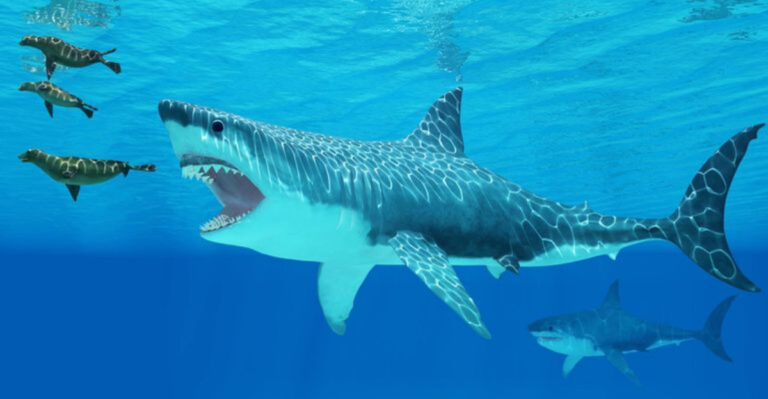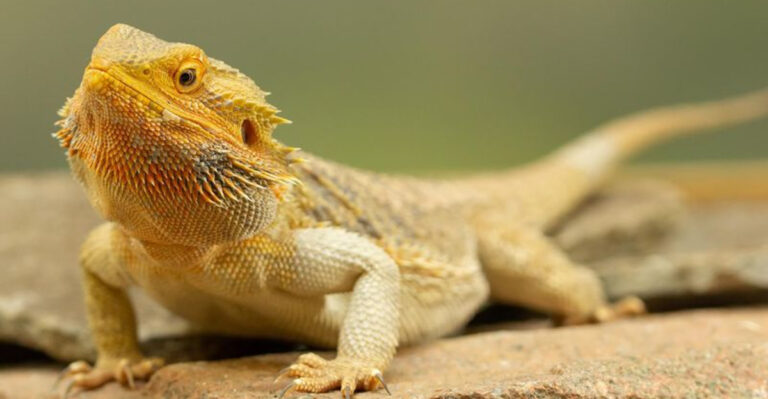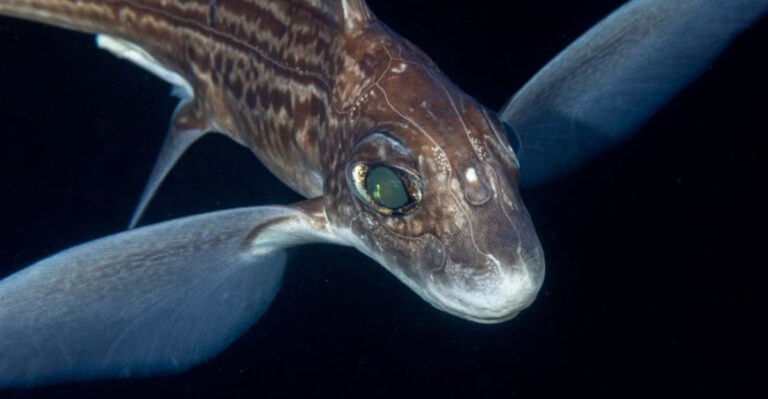Oldest Modern Bird Discovered? 10 Facts About The Amazing Vegavis

Discover the fascinating world of Vegavis, one of the oldest modern birds ever discovered. This ancient bird has captured the attention of scientists and bird enthusiasts alike, offering a glimpse into a distant past where dinosaurs roamed the earth.
With its unique characteristics and intriguing history, Vegavis continues to be a subject of study and admiration. Join us as we explore fascinating facts about this remarkable creature, each bringing us closer to understanding its role in the evolution of modern birds.
1. The Discovery
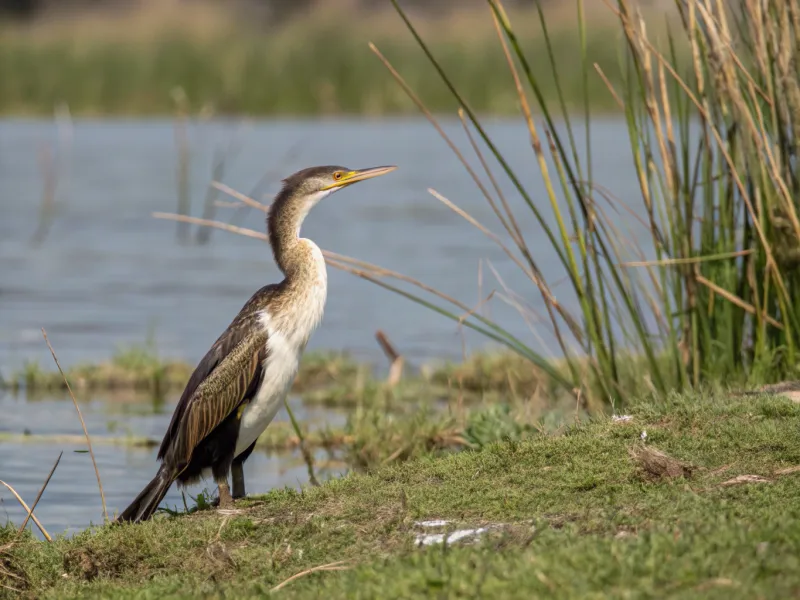
Unearthing a prehistoric wonder, Vegavis was discovered in 1992 on the icy shores of Antarctica. Paleontologists stumbled upon its fossilized remains during an expedition that promised to change our understanding of avian history. The discovery site, buried beneath layers of snow and ice, provided a challenging yet rewarding experience.
These fossils were initially overlooked, as their significance was not immediately recognized. However, further examination revealed something extraordinary—an ancient bird that lived alongside the dinosaurs.
Vegavis’s discovery has opened a new chapter in the study of bird evolution, offering fresh insights into how modern birds may have first taken flight.
2. Anatomical Marvel
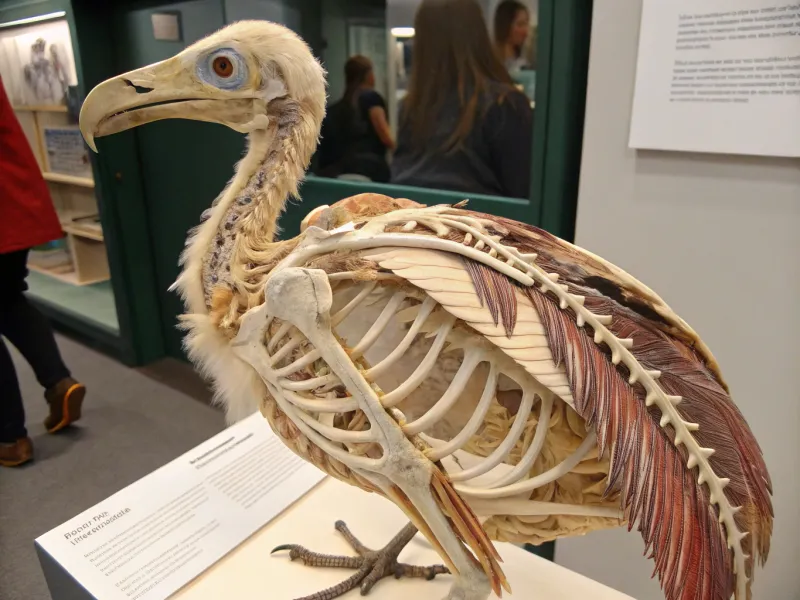
Vegavis wasn’t your average bird; it was an anatomical marvel. Its unique skeletal structure has intrigued scientists since its initial discovery. The bones showed adaptations that are strikingly similar to those found in modern waterfowl.
These anatomical features suggest that Vegavis was well-suited for an aquatic lifestyle, possibly making it an adept swimmer. The potential feather patterns, reconstructed by artists, add another layer of intrigue.
These skeletal insights paint a vivid picture of a bird that was both ancient and surprisingly modern, offering clues about the evolution of flight and aquatic adaptations in avian species.
3. The Dinosaur Era
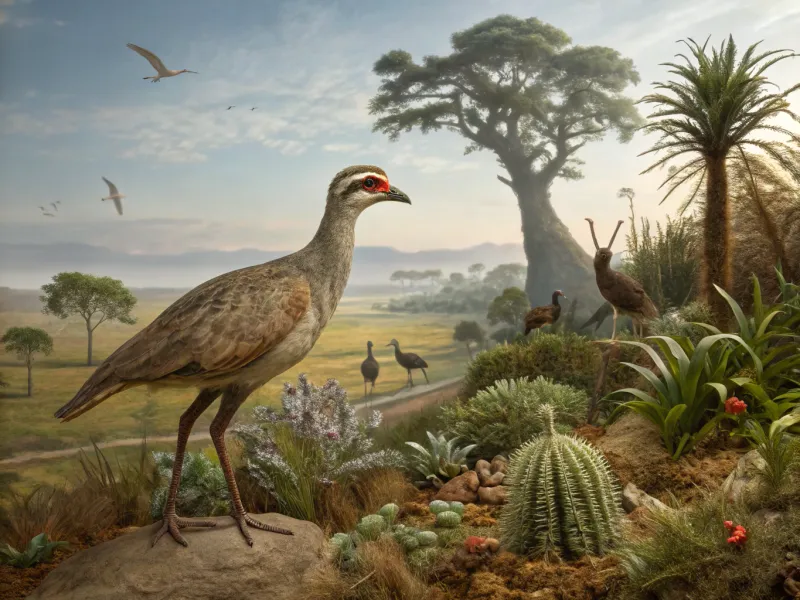
In a world dominated by towering dinosaurs, Vegavis flew under the radar—literally. Living during the Late Cretaceous period, this bird shared its environment with some of the most fearsome creatures that ever lived.
Imagine a landscape teeming with life, where Vegavis skillfully navigated the skies and waters, avoiding dinosaurian threats. This coexistence with dinosaurs offers a remarkable perspective on the resilience and adaptability of early birds.
It’s a wonder to think about how a creature so small could thrive in such a perilous world, making Vegavis a symbol of survival amidst giants.
4. Significance
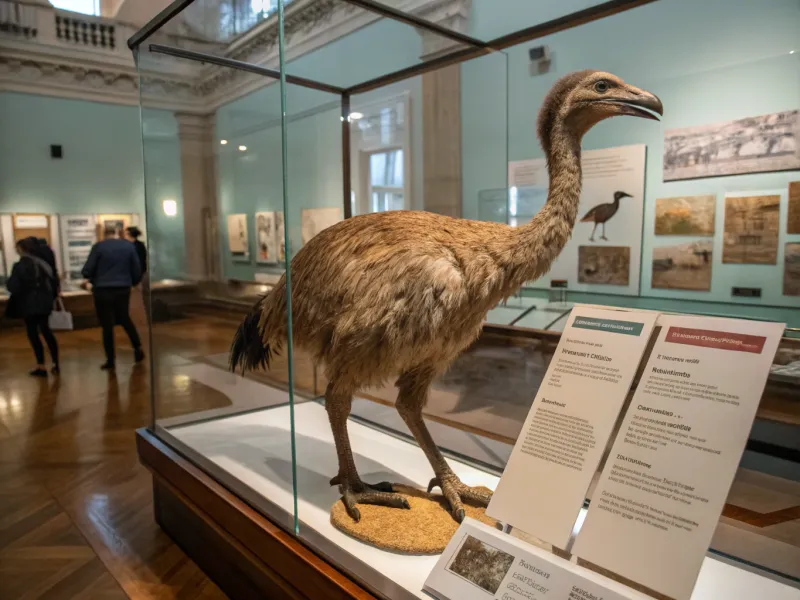
Vegavis holds a special place in the annals of science. Its significance lies in its position as one of the earliest known ancestors of modern birds. Paleontologists and evolutionary biologists have long debated the origins of birds.
This pre-bird provides a critical piece of this puzzle, bridging the gap between ancient avian species and their modern descendants. By studying Vegavis, scientists have gained invaluable insights into the evolutionary processes that have shaped the bird lineage.
Its discovery reassures us that every fossil holds the potential to rewrite history, offering a glimpse into the intricate tapestry of life on Earth.
5. Unique Lifestyle
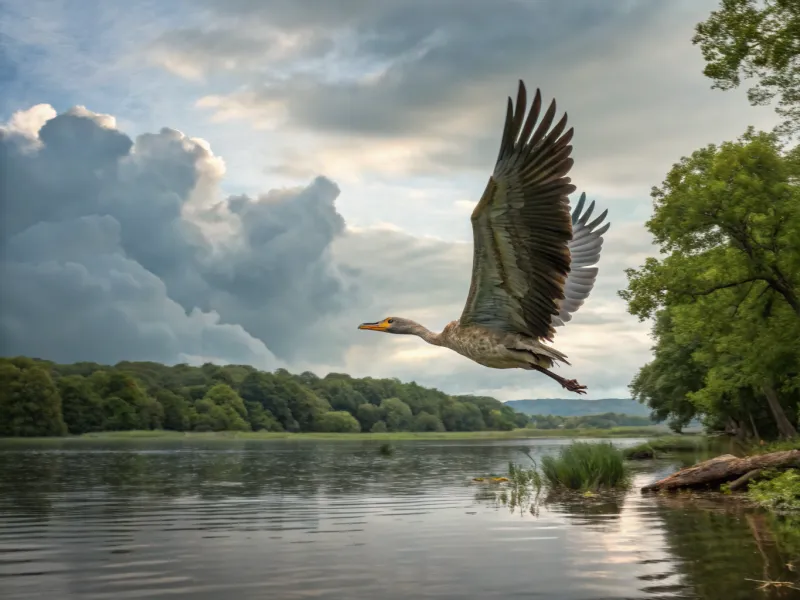
Unlike the mundane pigeons we encounter today, Vegavis had a rather unique lifestyle. Picture a bird that could seamlessly transition between land, water, and air with grace and efficiency.
Vegavis was likely a proficient swimmer, foraging in aquatic environments for its next meal. Its ability to adapt to multiple habitats made it a versatile survivor in a prehistoric ecosystem.
This fascinating lifestyle offers insights into the diverse adaptations that early birds developed to thrive in challenging environments, setting the stage for the diversity we witness in bird species today.
6. Timeline Of Existence
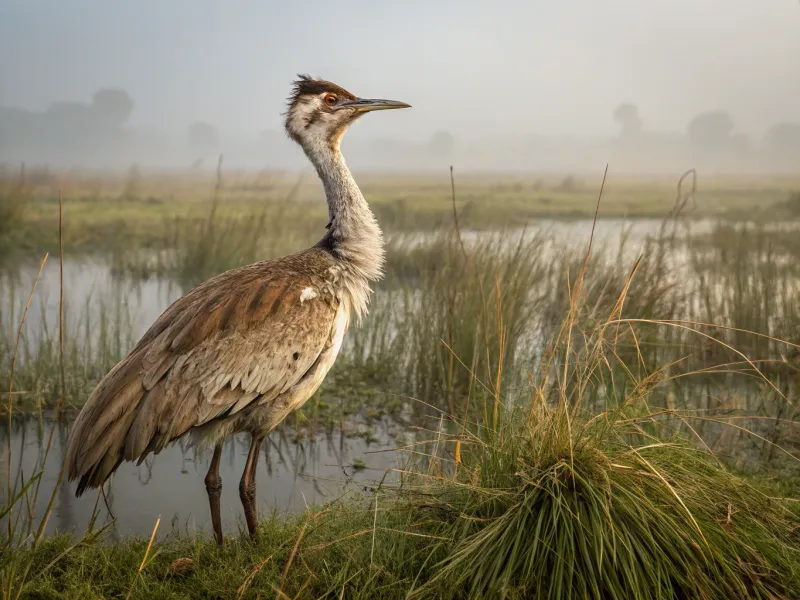
Vegavis had its heyday during the Late Cretaceous, approximately 70 million years ago. This timeline places it alongside some of the most iconic prehistoric creatures. Understanding where Vegavis fits in this timeline is crucial to appreciating its evolutionary importance.
Its existence during this period is a testament to its adaptability and evolutionary success. As the world underwent massive changes, Vegavis thrived, leaving behind fossils that tell its story.
This timeline perspective enriches our understanding of the evolutionary pressures that shaped early birds and their ability to survive mass extinction events.
7. Extinction Mystery
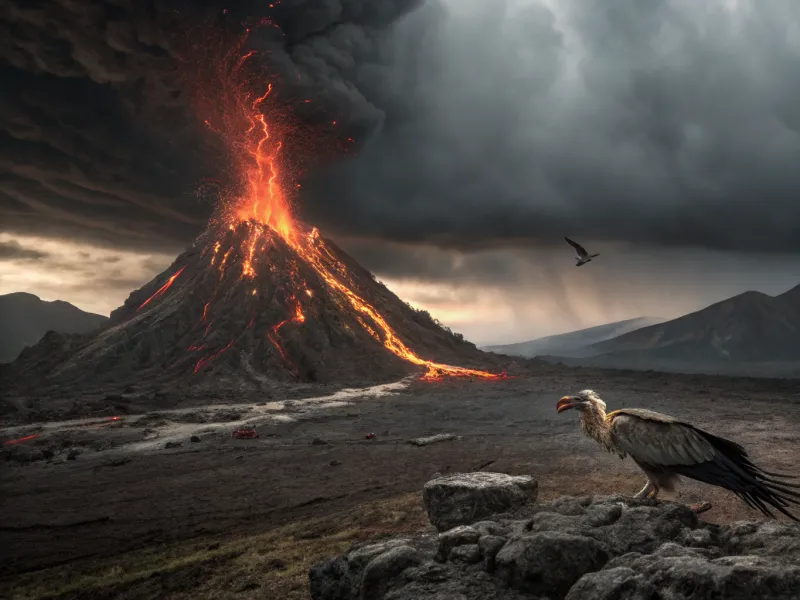
The curtain fell on Vegavis during a time of great upheaval. Its extinction, like that of many other species, remains shrouded in mystery. Was it a victim of the same catastrophic events that wiped out the dinosaurs?
Scientists speculate that volcanic eruptions and climate shifts may have played a role in its demise. These environmental changes would have posed significant challenges for survival.
While the exact cause remains uncertain, Vegavis’s extinction underscores the fragility of existence and the ever-changing nature of our planet’s ecosystems.
8. Modern Bird Evolution
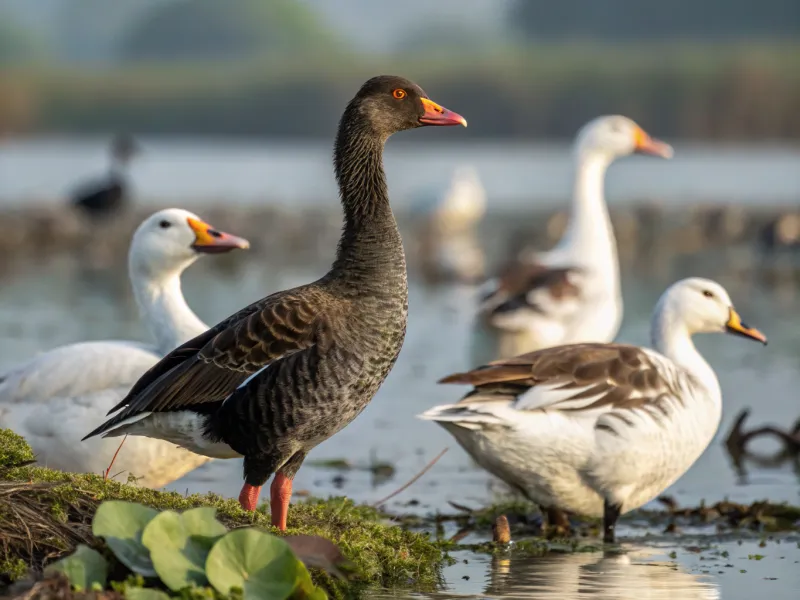
Vegavis is considered a critical link in the evolutionary chain that led to modern birds. Its features resonate with those found in contemporary species, particularly waterfowl like ducks and geese.
By examining Vegavis, scientists have pieced together aspects of avian evolution, shedding light on the transition from ancient to modern birds. This connection emphasizes the continuity in avian adaptation and diversification.
It’s astonishing to see how an ancient bird like Vegavis can illuminate the complex evolutionary journey that has given rise to the bird diversity we enjoy today.
9. The Challenges Of Studying
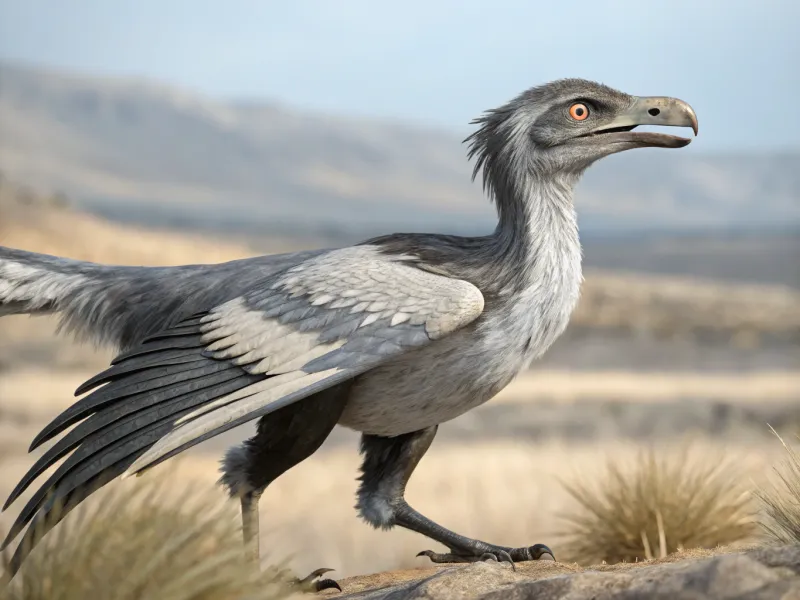
Studying Vegavis is not without its challenges. The fossils, often fragile and incomplete, require careful analysis and interpretation. Scientists employ cutting-edge technology to unravel the secrets encased in these ancient bones.
The delicate nature of the remains makes the study both thrilling and demanding. Each discovery is a step closer to understanding a bird that lived millions of years ago.
The ongoing research underscores the dedication and ingenuity required to piece together the life of Vegavis, highlighting the collaborative efforts of scientists worldwide.
10. Popular Culture
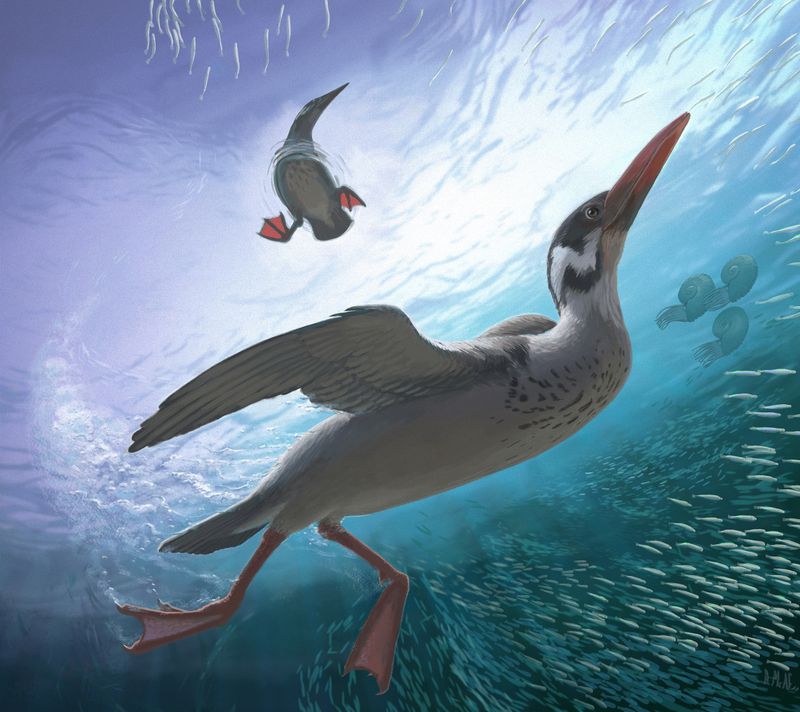
Vegavis has flown into popular culture, capturing the imagination of both young and old. Museums around the world have dedicated exhibits to this ancient bird, offering interactive experiences that engage and educate.
Children and families can explore its history through displays that bring its story to life, connecting them with a distant past. The allure of Vegavis extends beyond scientific circles, becoming a symbol of discovery and curiosity.
Its presence in popular culture ensures that the story of Vegavis continues to inspire future generations, fueling a passion for paleontology and the mysteries of our natural world.

